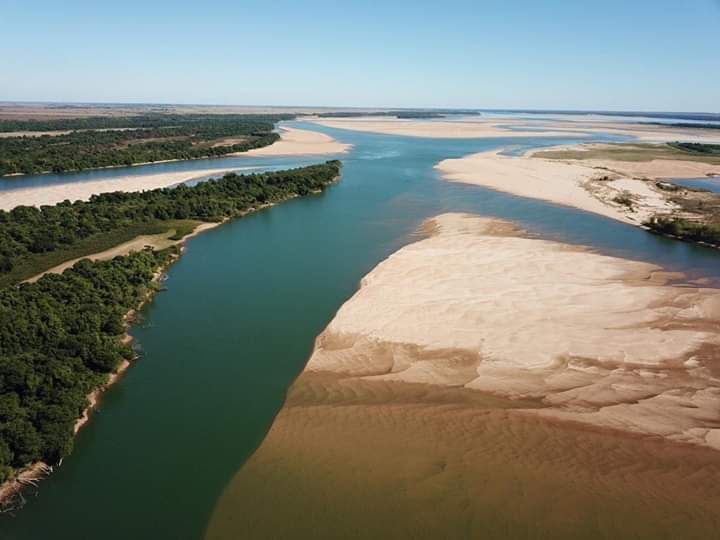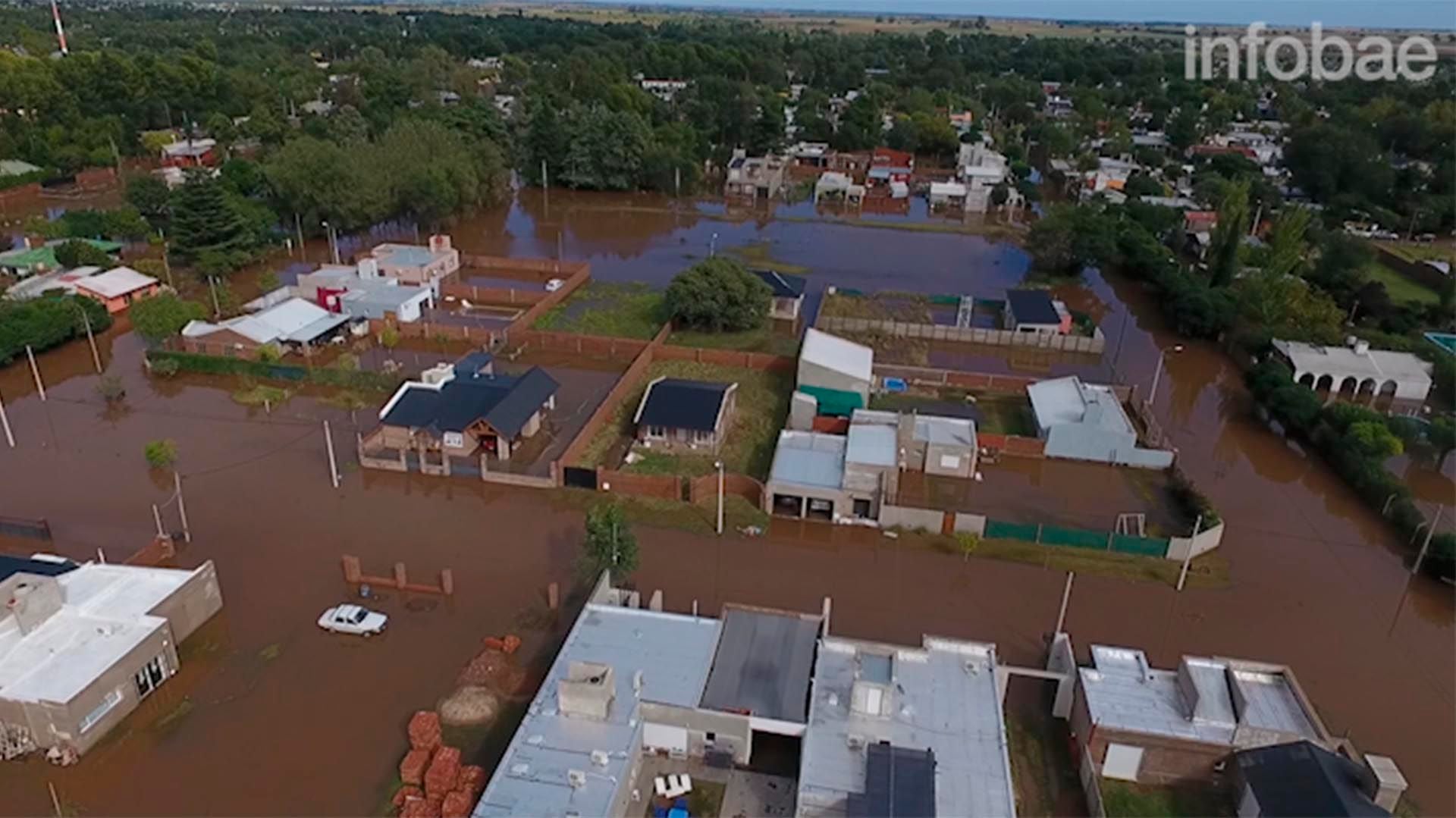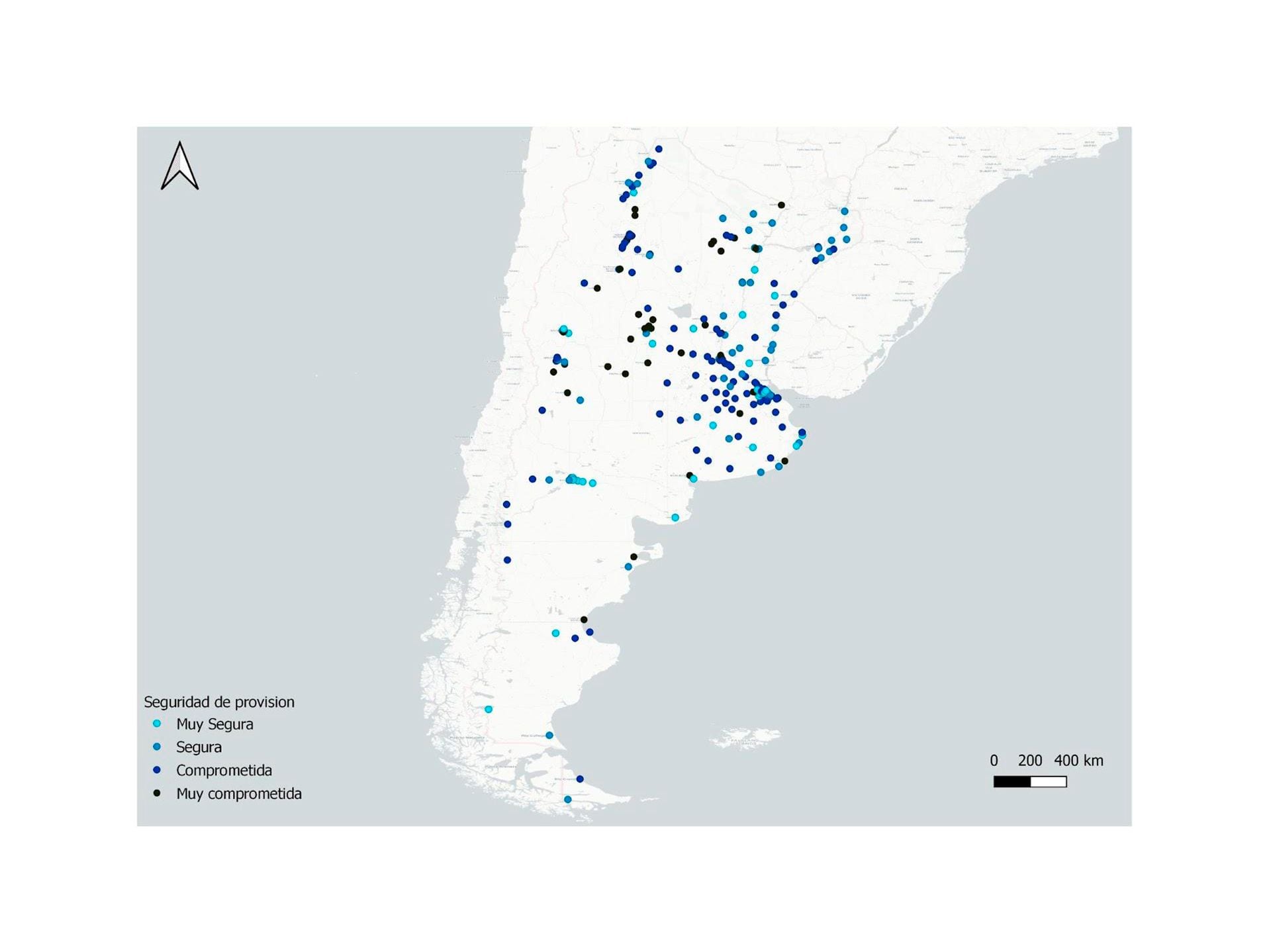
Water is an essential element for humans. Without it there is no chance of survival. But it is also essential for humanity to develop its activities, since 70% of water globally is used for irrigation. And although it can be considered as a renewable resource, the truth is that, in reality, it is limited. With this in mind, the Bunge y Born Foundation presented, on the occasion of International Water Day, a map of water shortages in Argentina, in which it revealed that 17% of Argentines live in cities with a “very compromised” water supply.
Through the Aguas Claras Platform, the foundation sought to survey, quantify and map the two most critical water services for society: the provision of drinking water and the purification of wastewater. With 77.5% of the Argentine cities analyzed, scientists from CONICET, INTA and INA, belonging to 12 centers located in all major regions of Argentina, warned that “41% of the population lives in cities with safe to very safe provision, 42% in cities with somewhat compromised provision and a 17% in highly committed cities.”
According to experts, they consider themselves committed when, for example, two cities share the same water supply point. That is, when both must acquire it from the same place and “compete” for the precious liquid. Another example is when there are “cities in chains”, whereby one city captures water in areas where another dumped effluent.

“Argentina faces diverse water challenges and, sometimes, of opposite signs; typical of a geography of contrasts,” agronomist Esteban Gabriel Jobbágy Gampel, Senior Researcher at CONICET of the Environmental Studies Group (GEA), of the University of San Luis, told Infobae. In this regard, the specialist stressed that “behind these challenges it is common to find the combined effects of climate change, land-use transformations and the growth of cities”.
In the words of the CONICET researcher, an example of these challenges is present in the Pampas and Chaco regions when, due to the increase in the intensity of rainfall related to climate change, cultivated landscapes fail to absorb water and cause widespread flooding that affects and causes damage to peoples and routes. In contrast, droughts that last for months cause downspouts in rivers, as happened in Paraná, which compromises both transport and drinking water intake or even hydroelectric power generation.
But that's not all, according to Jobbágy Gampel, water quality is also a “focus of concern”. “Naturally, we have groundwater with a high arsenic load on the plains and that is a chronic nightmare for the supply of drinking water in many medium-sized and small urban centers that still depend exclusively on that resource,” the expert stressed. At the same time, he warned that, in addition, the pollution that humans themselves generate on this essential resource is added.
“We damage aquatic ecosystems and their wildlife with rural, industrial and domestic wastewater and deteriorate water stored for our consumption,” said the expert; an example of this situation, he explained, is “outbreaks of toxic algae in reservoirs that supply cities”.

Three axes to take care of water
To change this reality, society needs to focus on three main axes: taking care of water, seeking a transparent dialogue and allowing science to manage these aspects. “We must consider that the water services we enjoy come from a territory and that they are protected and maintained not only with hard infrastructure works, such as canals or dams, but also, with the care of ecosystems,” the expert explained to Infobae.
Secondly, it must be recognized that “water is managed from many areas that include the nation, provinces and municipalities, as well as public and private bodies”. “Betting on communication and transparency using scientific evidence is essential to reach fair and lasting agreements with a resource pulled by many sectors,” Jobbágy Gampel reflected.
He added: “We need a cultural change in our view of water. As urban beings that we are, 95% of Argentines assume that in our homes water arrives and turns taps or pushes buttons; but we do not know that in these flows of entry and exit nature is' banking 'us.” “To the extent that we know where water comes from, what ecosystems are providing it to us, which then receive and purify it; we will be able to better appreciate, care for and claim it,” he said.

What can be detected on the Aguas Claras Platform
As they explained, in addition to the three axes exposed by Jobbágy Gampel, it is also possible to detect:
- Where are the water intakes and discharges, as well as associated streams, rivers, lakes or aqueducts.
- A “water crisis register”: it is online and synthesizes and updates the “pulse” of news related to water, its incidents, crises and problems.
“To advance along these lines, the Foundation relies on its installed capacities and on the work already done by collectives of scientists in the country; but we want to go further and build a community of projects funded by the foundation and focused on water and cities from a call for researchers young people who are willing to articulate science and action on water sustainability issues,” concluded Jobbágy Gampel.
KEEP READING
Últimas Noticias
Debanhi Escobar: they secured the motel where she was found lifeless in a cistern
Members of the Specialized Prosecutor's Office in Nuevo León secured the Nueva Castilla Motel as part of the investigations into the case

The oldest person in the world died at the age of 119
Kane Tanaka lived in Japan. She was born six months earlier than George Orwell, the same year that the Wright brothers first flew, and Marie Curie became the first woman to win a Nobel Prize

Macabre find in CDMX: they left a body bagged and tied in a taxi
The body was left in the back seats of the car. It was covered with black bags and tied with industrial tape
The eagles of America will face Manchester City in a duel of legends. Here are the details
The top Mexican football champion will play a match with Pep Guardiola's squad in the Lone Star Cup

Why is it good to bring dogs out to know the world when they are puppies
A so-called protection against the spread of diseases threatens the integral development of dogs




